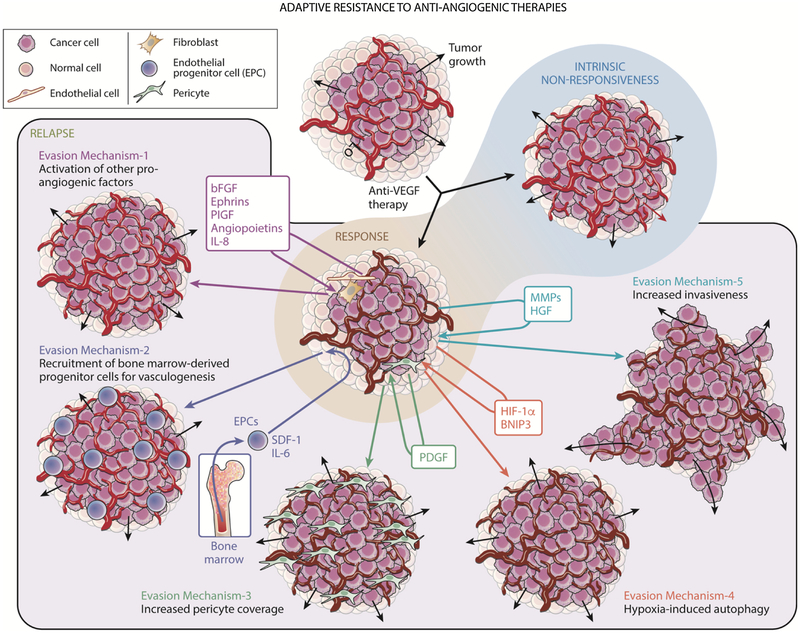Fig. 1. Adaptive mechanisms of evasion to anti-angiogenic therapy in cancer.
While some cancers may be intrinsically resistance to anti-angiogenic therapy, other tumors that are initially responsive may acquire adaptive resistance to anti-angiogenic therapy. These established mechanisms of resistance are as follows. Mechanism 1: Activation of other pro-angiogenic factors like basic fibroblast growth factor (bFGF), ephrins, placental growth factor (PlGF), angiopoietins, or interleukin 8 (IL-8) resulting in tumor vessels to replenish (from brown to red). Mechanism 2: Recruitment of bone marrow-derived progenitor cells for vasculogenesis. This is mediated by secreted factors such as interleukin 6 (IL-6) and stromal derived factor-1α (SDF-1α) which recruit bone marrow-derived endothelial progenitor cells (EPCs) into the tumor for vasculogenesis and replenishing vessels (brown to red). Mechanism 3: Increased pericyte coverage, driven by platelet derived growth factor (PDGF), which also nurtures depleted (brown) vessels. Mechanism 4: Hypoxia-induced autophagy, mediated by Hypoxia Induced Factor-1α and BNIP3, which helps tumor cells thrive in a hypoxic environment. Mechanism 5: Increased invasiveness of the tumor, mediated by matrix metalloproteinases (MMPs) and hepatocyte growth factor (HGF), which helps tumor cells invade despite depleted (brown) vessels and survive.

